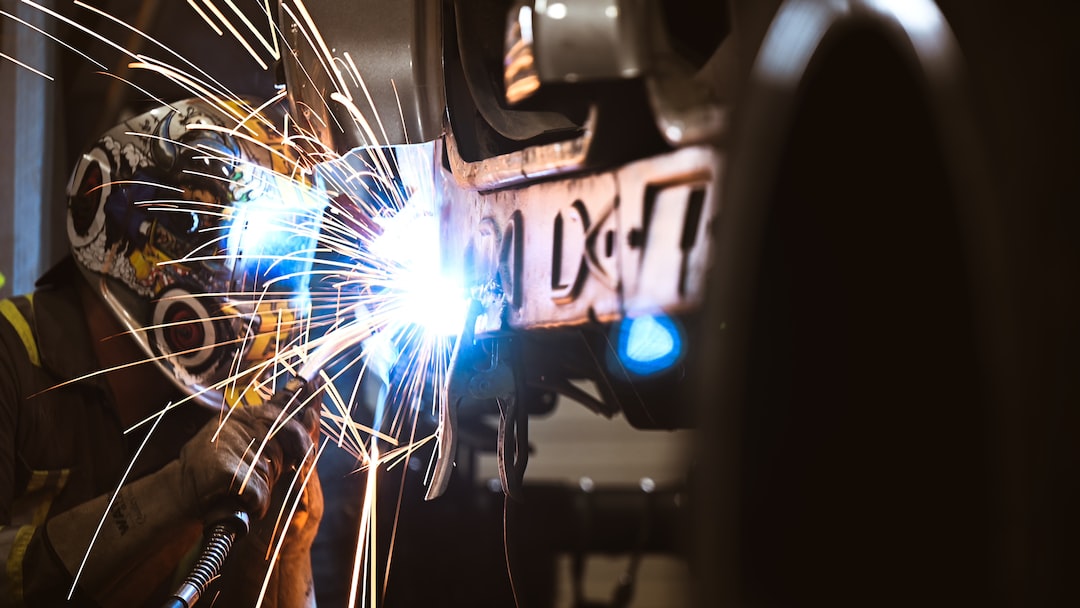Virtual reality (VR) has emerged as a groundbreaking technology that is revolutionizing various industries around the world. One sector that has greatly benefited from the integration of VR is manufacturing. This powerful tool is not only enhancing training techniques but also revolutionizing the design process. In this article, we will explore how virtual reality is transforming manufacturing training and design.
One of the key challenges in the manufacturing industry is training new employees in complex and high-risk environments. Traditional training methods often involve physical setups that can be costly and time-consuming. With VR, however, trainees can experience a virtual environment that simulates real-life scenarios without any risk or additional expenses. This opens up new opportunities for effective training, especially in technical fields where precision is crucial.
By using VR, trainees can immerse themselves in a realistic environment that replicates the manufacturing facility they will be working in. They can interact with virtual machines, equipment, and tools, allowing them to gain hands-on experience without physically being present on the shop floor. This helps them develop skills and expertise in a safe and controlled environment, reducing the chances of accidents or mistakes that can result in costly downtime or damage.
Furthermore, VR-based training programs can be customized to meet specific training requirements. For example, trainees can practice operating machinery or tools, understand complex manufacturing processes, and even troubleshoot potential issues, all within the virtual realm. This level of customization ensures that trainees receive targeted training for their specific roles, leading to improved job performance and increased efficiency.
Another key aspect of VR in manufacturing is its role in design and engineering. Traditionally, designers and engineers would rely heavily on blueprints, 2D models, and physical prototypes to conceptualize and develop their products. However, these methods often had limitations when it came to visualizing the final product and making design modifications quickly.
VR changes the game by allowing designers to create 3D digital models and visualize them in an immersive environment. This enables them to inspect every aspect of the product, from different angles and perspectives, helping them make more informed design decisions. Additionally, designers can explore different design alternatives in real-time and collaborate with other team members, regardless of their physical location. This significantly accelerates the design iteration process, saving time and resources.
Moreover, VR also offers an opportunity for design validation before implementing it in physical prototypes. By simulating real-world scenarios, engineers and designers can test the functionality, performance, and ergonomics of their design. This helps identify potential flaws or improvements before significant resources are invested in physical prototyping. As a result, companies can reduce costs and make more efficient design changes early in the process, ensuring high-quality end products.
Beyond training and design, virtual reality has also been utilized in the manufacturing sector for maintenance and repair purposes. In complex machinery or equipment, troubleshooting and repair can be time-consuming and challenging. VR technology allows technicians to access digital representations of machines, providing step-by-step guidance and visual cues for efficient troubleshooting. This saves valuable time and eliminates the need for experts to physically be present on-site.
In conclusion, the integration of virtual reality in manufacturing has brought numerous benefits to the industry. From enhancing training techniques by providing realistic hands-on experiences to revolutionizing the design process by enabling immersive visualizations and efficient collaboration, VR is transforming manufacturing training and design. As technology continues to advance, exploring further applications and advancements in virtual reality will undoubtedly lead to even greater improvements in the manufacturing sector.

